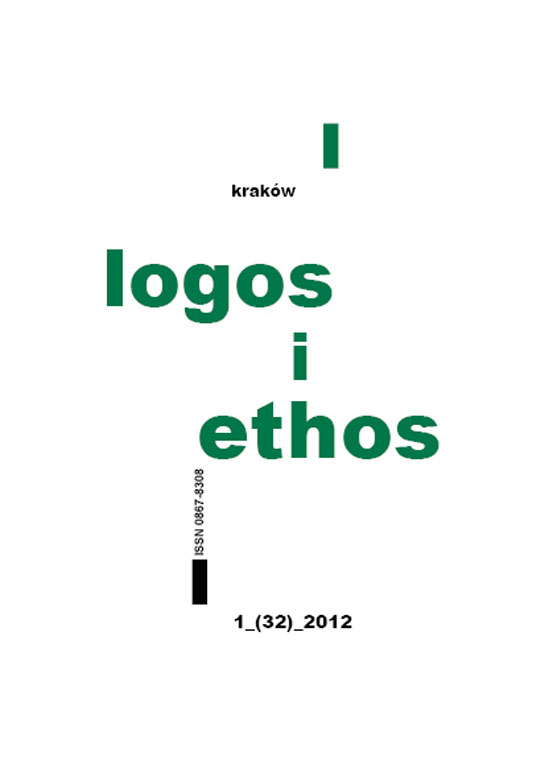Art as an expression of affirmation of the world through the body in terms of Maurice Merleau-Ponty
DOI:
https://doi.org/10.15633/lie.203Abstract
The main topic of Maurice Merleau-Ponty’s philosophical consideration is the problem of carnality: the status of the human body, understanding (in this context) of consciousness and placing a human being in the background of everlasting conflict concerning the relation between the body and the soul. A man is perceived here as embodied consciousness and this is the statement which breaks the above mentioned dichotomy.
Marleau Ponty emphasizes the meaning of the human body, which becomes a basic tool of perceiving reality, and the contact with it. Owing to the body, a human being can get to know the universe, make a relationship with it, create. This relation has primary, direct, pre-reflective character.
The body is able to read and process a large variety of relations and meanings present in the world of things. Nevertheless, in perceiving them the body meets barriers which result from physical limitations. There are areas inaccessible for senses, and consequently some aspects of reality remain invisible.
This gap in the access to the world is completed by the art. This is what plays a huge role in experiencing human existence, according to Maurice Marleau Ponty. In his book Eye and Mind he states that painting can show what is invisible, and at the same time complete dynamic and ambiguous structure of Being, which consists of: both a man perceived as emboddied consciousness and all what surround them. Within reality understood in this way there is a constant permeation of levels and areas of interaction, and as a result interpretation and creation of new sense.
Downloads
Published
Issue
Section
License
Copyright (c) 2012 Grażyna Bilik

This work is licensed under a Creative Commons Attribution 4.0 International License.
Authors who publish with this journal agree to the following terms:
- Authors retain the copyright and full publishing rights without restrictions, and grant the journal right of first publication with the work simultaneously licensed under a Creative Commons Attribution 4.0 International License that allows others to share the work with an acknowledgement of the work's authorship and initial publication in this journal.
- Authors are able to enter into separate, additional contractual arrangements for the non-exclusive distribution of the journal's published version of the work (e.g., post it to an institutional repository or publish it in a book), with an acknowledgement of its initial publication in this journal.
- Authors are permitted and encouraged to post their work online (e.g., in institutional repositories or on their website) prior to and during the submission process, as it can lead to productive exchanges, as well as earlier and greater citation of published work (See The Effect of Open Access).

